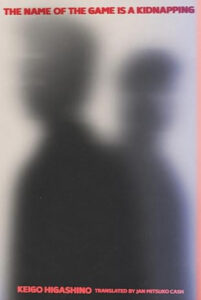
This is a hanten, a traditional Japanese jacket that originated among the common people in the 18th century. Since it is meant for winter, it is stuffed with wadded cotton for insulation. There is no difference in hanten worn by men and women, and traditionally, they may show family crests or other decorations.
I got my hanten from a friend late last winter, so it only has the tiniest of sleeves. I’ve been wearing it for a couple of weeks now and it is surprisingly warm, even though I am not heating my house yet. I doubt that this particular hanten will work throughout the entire winter though, for that it would need to fully close in front. Also, the neck area is quite unprotected; for now I’m wearing turtleneck sweaters underneath, but experience shows that I’ll need more than that when winter hits for real.
The company producing this item was founded in 1913 in Fukuoka prefecture and the whole production – from design to weaving to sewing – is done in-house. They have many versions of hanten and other traditional Japanese clothes like samue, haori or jinbei for summer, but they also produce more modern clothing. From what I can gather, they do not ship abroad (the website is Japanese only) but just window shopping for their colorful clothes is quite satisfying.
Check them out here: https://shop.miyata-orimono.co.jp/





